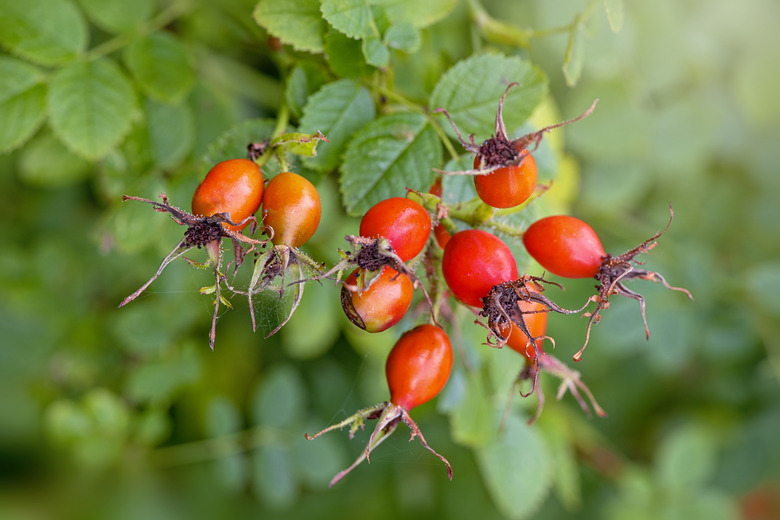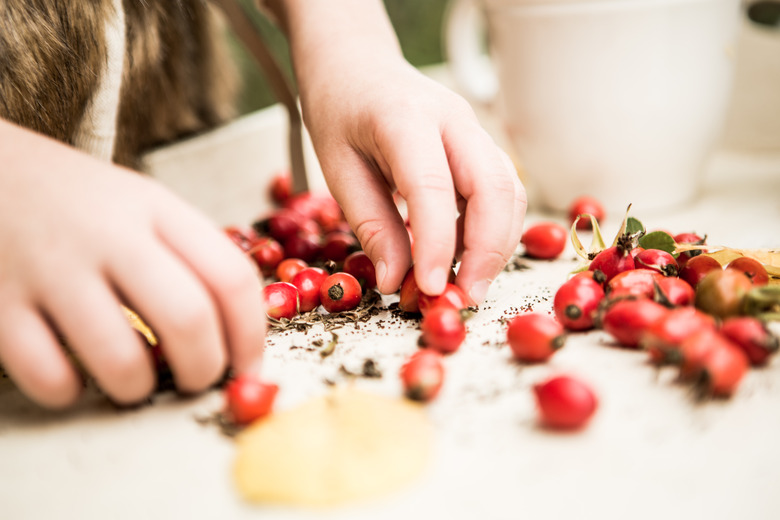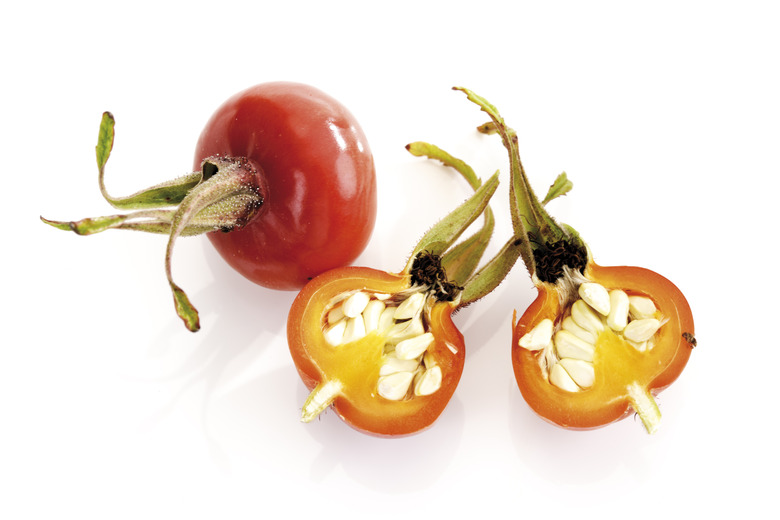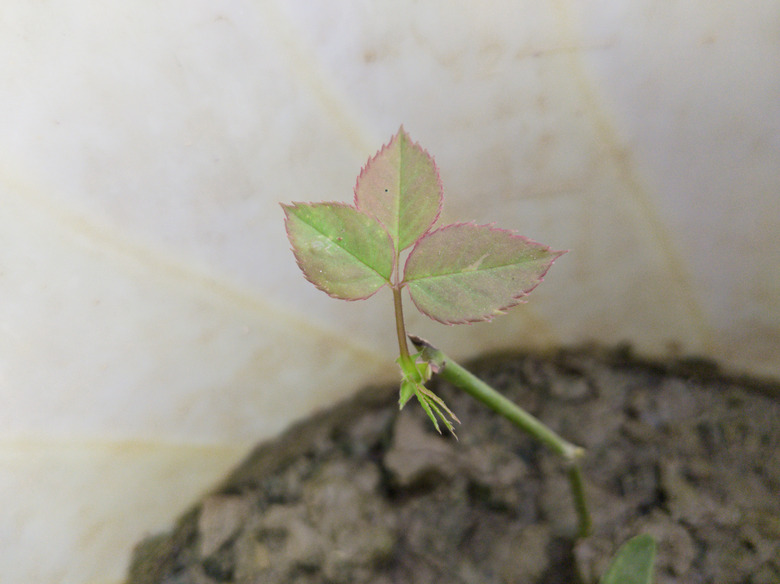How To Germinate Rose Seeds
Growing roses from seed is not always possible because only non-hybrid roses will grow true from seed.
Most rose (Rosa spp.) varieties grow well within U.S. Department of Agriculture plant hardiness zones 4 to 7, including wild species roses, such as the dog rose (Rosa canina) and the sweetbriar rose (Rosa eglantina). Hybrid tea rose varieties must be grown from cuttings or grafts, while all species roses can be grown from seed with reliable results.
The process of growing a rose from seed is straightforward, but it can be labor intensive, and it takes many months to produce a flowering plant, so most growers opt for other propagation methods instead.
Gathering Rose Seeds
Rose seeds are found inside the bright red fruit that rose bushes produce in summer and autumn, which are called rose hips. Rose hips are ready for harvest once they turn bright red or orange with no hint of green. There are two methods for extracting rose seeds: by hand or by using a blender.
Tip
Avoid gathering rose hips with gouges or other signs of damage, because the seeds inside might be compromised.
Extracting Rose Seeds by Hand
Extracting rose seeds by hand is best when gathering a small number of seeds. Use a sharp paring knife to cut open the hips and pull out the small, cream-colored seeds. Spread out the seeds on a sheet of paper to let them dry out a bit before pretreating and planting them. Wipe down your knife blade with disinfectant before using it to kill off any pathogens.
Extracting Rose Seeds With a Blender
Using a blender will make the process much faster if you are gathering seeds from a large quantity of rose hips. Place the rose hips in the blender, add a cup of water and pulse the blender several times until the hips are broken apart into a rough pulp.
The seeds benefit from being nicked by blades, so don't worry about damaging the seeds using this process. Spread out the seed slurry onto newspaper and let it dry. Then, pick out the seeds.
Planting Rose Seeds
Rose seeds need pretreatment to successfully sprout. Specifically, roses need to be chilled for a few months to mimic the cold, moist period they naturally experience outdoors after ripening. The process is straightforward, but it requires patience.
Pretreating Rose Seeds
- Wrap the rose seeds in a moist paper towel that is not soggy or dripping wet.
- Place the wrapped seeds in a sealable food storage container or plastic bag.
- Store the seeds inside the refrigerator for four months to break their dormancy.
- Plant the rose seeds once they have chilled for four months.
Starting Rose Seeds
Start rose seeds in a shallow nursery flat or a nursery pot with drainage holes. A growing mix of half coir and half perlite works best for starting rose seeds. Soak the growing mix in water and press it to release the excess moisture. Sow the rose seeds 1 inch apart and at a depth of 1/2 inch.
Set the pots in a warm, bright location, such as near a south-facing window. Mist the growing mix whenever it feels barely moist on the surface. **Rose seeds germinate in two to three weeks at temperatures between 68 and 80°F.** If indoor temperatures are cool, try setting the pots on a heating mat.
Tip
Rose seeds can be started in a bright, sheltered location outdoors if temperatures stay above 65°F.
Growing Rose Seedlings
Rose seeds grow quickly. The seedlings should be transplanted into individual 3-inch pots filled with rose formula potting soil once they reach a height of 3 inches and produce some mature foliage. Good growing conditions make the difference when growing rose seedlings, so you should provide:
- **Good Airflow:** Place an oscillating fan nearby to improve airflow and prevent fungal growth.
- **Bright Light:** Place the seedlings where they will receive at least six hours of sunlight each day.
- **Water:** Water whenever the soil feels dry on the surface.
- **Fertilizer:** Feed with rose fertilizer diluted to half strength every six to eight weeks.
Transplant the seedlings into a permanent bed or pot one year after starting the seeds. Choose a growing site with six hours of sunlight each day, loamy soil and good drainage.
Caring for species roses is less hands-on than hybrid tea varieties, but the plants will perform better when watered, mulched and provided with fertilizer.
Some rose varieties will produce small flowers just one year after germination.



